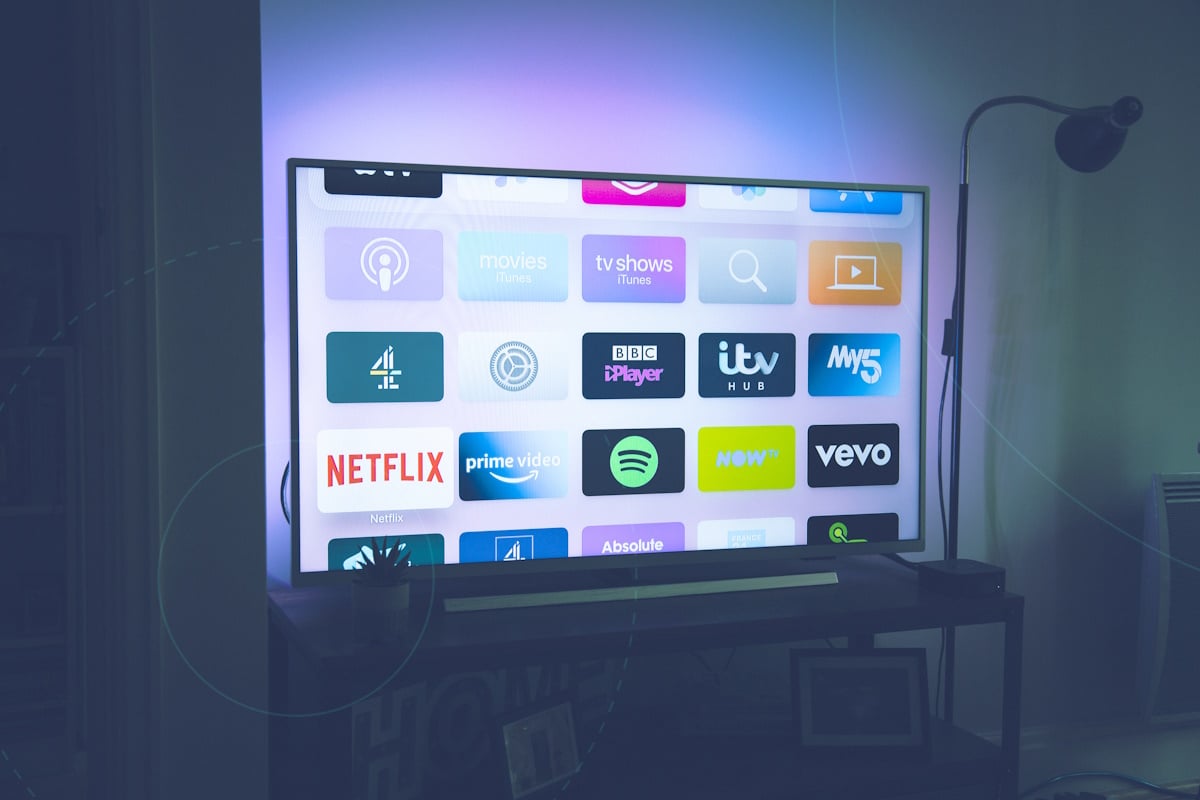What is MVPD? Learn everything you need to know, including how it differs from VMVPD and SVOD and which provider is the best target for your ad campaign.
Learn how these content delivery platforms fit into the television landscape and how to find the right fit for your ad campaign
Consumers have more choices than ever for watching TV. Fiber options have joined legacy cable and satellite TV providers, but cord-cutting rates continue to rise as consumers seek out streaming-based alternatives offering live TV and flexible content packages.
Understanding this shifting landscape is critical for advertisers hoping to find their target audience and maximize the reach of their advertising dollars. If you’re wondering what is MVPD and how it differs from VMVPD and SVOD options, you’re in the right place — read on to find out which content delivery method is best for your ad campaign.
Ready to master CTV? Check our our article, Streaming TV Advertising: The Marketer's Complete Guide
What is MVPD?
MVPDs, or multichannel video programming distributors, are package-based video content delivery services. Most commonly offered through cable, fiber, or satellite TV providers, MVDPs offer customers subscriptions to live broadcast channels, also known as linear TV — though many MVDPs also bundle in content-on-demand options.
While MVPDs may offer a selection of subscription packages — like less expensive “basic” options featuring a few dozen of the most popular channels to bundles that include movies and live sports — customers rarely have an opportunity to customize their selections. Many of these packages also require year-long or multi-year contracts, especially if they provide a monthly promotional rate. Cancelation before the contract term has expired may result in additional fees.
The legacy infrastructure continues to have significant buy-in from customers, but it is in decline. According to a Statista survey, 62% of U.S. respondents subscribed to an MVPD platform in 2022, down from 67% in 2020. Even with a potential subscriber exodus on the horizon, the massive reach of MVPDs as they currently exist cannot be understated.
Popular MVPDs include Comcast Xfinity, DirectTV, DISH Network, Verizon FiOS, and Spectrum.
What is VMVPD?
VMVPDs, or virtual multichannel video programming distributors, are very similar to their MVPD counterparts in offering bundled video content packages.
The most significant difference is the delivery method. VMVPDs deliver streaming video content over the internet through over-the-top (OTT) devices like mobile phones and tablets and connected TV (CTV) options like smart TVs. Customers can download VMVPD apps through these devices and access content immediately after signing up. Most VMVPDs offer on-demand video content in addition to live TV broadcasts.
VMVPDs are also more flexible than MVPDs. Customers can typically access content without signing a contract or paying installation fees, meaning they can cancel and re-sign up without consequence.
VMVPDs also offer “skinny bundles” — that is, smaller, less expensive bundles of channels — with the ability to add additional channels or bundles as needed. For example, Sling TV offers two basic options of around 40-50 channels for a modest monthly fee. Customers can purchase one or both bundles and then add additional packages featuring comedy, sports, news, and children’s programming for a few dollars per month.
In addition to Sling TV, popular VMVPDs include fuboTV, Hulu with Live TV, Philo, and YouTube TV.
This combination of flexibility and affordability has led to a growing shift away from legacy providers toward streaming services and VMVPDs. According to Statista, this nascent format continues to experience year-over-year growth — 18% of respondents subscribed to a VMVPD service in 2022, up from 13% in 2020.
As a result, VMVPDs represent the future of content delivery, making it a crucial channel for advertisers — especially when they are able to harness the testing and retargeting technology provided by CTV platforms like smart TVs and set-top boxes. CTV offers the attention-grabbing power of TV ad content with the data analysis and flexibility of performance marketing, allowing more brands to reach customers and optimize ROAS through this once-exclusive medium. Download our report and see how CTV advertising can blow open the doors to maximizing growth for your business.
VMVPD vs. SVOD — What’s the Difference?
Subscription video on demand, or SVOD, services offer content delivery through streaming video apps. The biggest difference is the type of content they provide. VMVPDs offer a mix of live and on-demand video content; SVODs only provide on-demand content. For example, Netflix is an SVOD service, not a VMVPD. On the other hand, Hulu offers a combination of both, depending on whether customers sign up for its Live TV offerings or not.
For Marketers: Which Model is Right for You?
Despite their similarities in bundled content delivery, MVPDs and VMVPDs require different approaches to buying and delivering ad content to viewers. The best option for your marketing needs likely depends on the size of your business and campaign goals.
MVPDs’ reliance on linear TV broadcasts means purchasing inventory through direct deals with a limited ability to track ad performance mid-campaign. This is often the realm of larger conglomerates and legacy advertisers who already have the experience and connections necessary for striking these deals. Linear TV content has a broad reach, but the lack of targeting and tracking tools makes this platform best for large awareness campaigns.
For start-ups, challenger brands, and local businesses, VMVPDs provide a far more accessible alternative to traditional linear TV advertising. VMVPDs and CTV apps rely on private marketplaces (PMPs) for the purchase and delivery of ads.
Additionally, advertisers gain access to a suite of performance marketing tools that enable them to fine-tune their messaging with A/B testing, target specific households or viewers, and track the buyer’s journey across devices. Advertisers also gain access to powerful retargeting tools to increase the likelihood of conversion and ensure you’ve linked your ad dollars directly to your goals.
MVPD and VMVPD — At-a-Glance Comparison
|
MVPD |
VMVPD |
|
|
Delivery method |
|
|
|
Providers |
|
|
|
Pros |
|
|
|
Cons |
|
|
|
Advertising method |
|
|
Make CTV Part of Your Ad Spend Today
VMVPDs represent the future of video content delivery, and CTV advertising is the most effective way to reach these viewers and maximize the potential of your ad dollars. Download our report and discover how consumers are making CTV the primary delivery method for accessing entertainment in households across the United States. Ready to learn more about boosting ROAS with premium CTV inventory? Contact us today.







